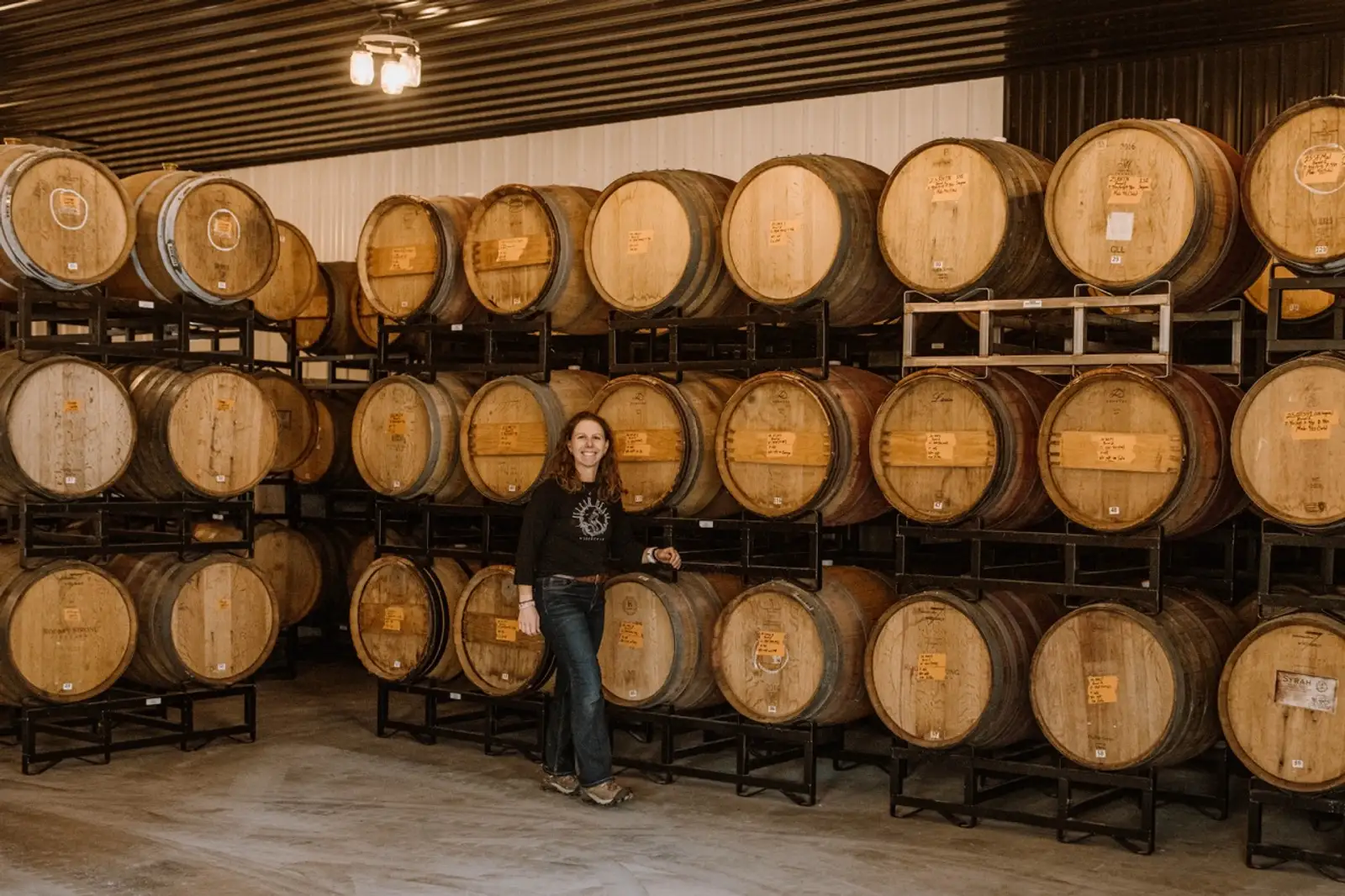When people first encounter Malbec, they’re usually captivated by its dark fruit flavors and velvety mouthfeel. It’s a grape that balances power with approachability, which explains why Malbec has gone from being a blending grape in French Bordeaux to one of the world’s most popular varietals.
But what exactly does Malbec wine taste like? That’s a more layered question than it may seem. The answer depends not only on the grape’s natural traits, but also on where it’s grown, how it’s aged, and even the traditions of the winemaker.
In this guide, I’ll walk you through the essential taste profile of Malbec, how it shifts across regions, how oak barrels influence the flavor, what foods pair best, and why Washington State Malbecs, like those we make at Cellar Beast, bring something distinctive to the conversation. Read more about Malbec Red Wines here.
What Does Malbec Wine Taste Like?
At its heart, Malbec is known for being a full-bodied red wine with abundant dark fruit flavors. Classic descriptors include:
- Fruit: Plum, blackberry, black cherry, sometimes blueberry.
- Floral: Violet aromatics, mainly when grown in cooler climates.
- Secondary notes: Cocoa powder, espresso, or baking spice from oak aging.
- Structure: Moderate tannins (smoother than Cabernet Sauvignon), medium acidity, plush mouthfeel.
This combination means Malbec rarely comes across as sharp or austere. Instead, it feels round, juicy, and welcoming, while still offering enough tannin and depth to pair well with hearty food.
Why Does Malbec Taste This Way?
Several key factors shape Malbec’s flavor profile:
- Genetics: Malbec is a descendant of Magdeleine Noire des Charentes (also linked to Merlot and Cabernet Sauvignon). This heritage explains its natural richness and dark fruit character.
- Climate: In warm sunny regions, Malbec develops ripe, plush fruit. In cooler climates, it shows more acidity, floral notes, and structure.
- Soil: Limestone-rich soils (like parts of Cahors in France) can emphasize earthy, mineral tones, while volcanic or basalt-rich Washington soils highlight depth and intensity.
- Oak aging: Neutral oak allows fruit to shine. New oak can add vanilla, cocoa, smoke, or spice.
- Harvest timing: A slightly earlier harvest preserves acidity and floral lift, while later picks enhance jammy richness.
Regional Taste Differences in Malbec
Because Malbec is so sensitive to terroir, its taste can vary dramatically depending on where it’s grown.
- France (Cahors): Malbec’s birthplace. These wines are firmer, earthier, with notes of leather, dried herbs, and smoky minerality. Tannins are more rustic.
- Argentina (Uco Valley, Luján de Cuyo): High-altitude vineyards produce plush, fruit-forward Malbecs with ripe plum and cocoa, smooth tannins, and a softer finish. These are often what people first think of when they picture Malbec.
- Washington State (Yakima Valley, Red Mountain, Candy Mountain): Here, Malbec thrives in the long, sunny summers and cool nights — the diurnal temperature shift preserves acidity while deepening color and flavor. Washington Malbecs tend to exhibit concentrated dark fruit, balanced acidity, and hints of minerality, offering a structure that falls somewhere between Bordeaux’s firmness and Argentina’s lushness.
Three Case Studies: Washington Malbecs from Cellar Beast
At Cellar Beast, we work with fruit from three Washington AVAs, each showcasing a different side of Malbec’s taste:
- 2022 Yakima Valley Malbec
- Profile: Bright black cherry and plum, espresso undertones, lively acidity.
- Lesson: Neutral oak allows the fruit’s freshness to take the spotlight.
- Learn more about this Yakima Malbec
- 2022 Malbec Reserve, Red Mountain (Scooteney Flats Vineyard)
- Profile: Blackberry, violet, cocoa powder, bold tannins, mineral backbone.
- Lesson: Red Mountain’s heat and rocky soils yield structure and power, making this style more cellar-worthy.
- Learn about Red Mountain Malbec Reserve
- 2023 Candy Mountain Malbec
- Profile: Ripe black fruit, baking spice, vanilla from Minnesota oak.
- Lesson: Oak choice matters. Minnesota oak imparts different spice and vanilla tones compared to French barrels.
- Read about our first Candy Mountain Malbec
Each vineyard showcases how terroir and winemaking decisions impact Malbec’s flavor.
Food Pairings That Enhance Malbec’s Taste
Malbec’s dark fruit and balanced tannins make it an incredibly food-friendly wine. A few pairings to try:
- Red meats & game: Grilled ribeye, venison, lamb chops — the wine’s tannins soften against protein and fat.
- Hearty vegetarian: Roasted mushrooms, lentil stew, eggplant parmesan, black bean chili.
- Cheeses: Aged cheddar, Manchego, blue cheese.
- Sauces with flavor: Malbec pairs well with peppercorn sauces, mole, or smoky BBQ.
Conclusion
Malbec’s taste is a reflection of both its heritage and its environment. At its core, you can expect dark fruits, violet aromas, moderate tannins, and a plush texture. But where it’s grown — from the limestone soils of Cahors to the sunlit slopes of Washington’s Red Mountain — shapes whether it leans rustic, plush, or structured.
Understanding Malbec is best done through tasting across regions. And when you taste Washington’s expressions — like Yakima Valley’s elegance, Red Mountain’s power, and Candy Mountain’s spice — you discover just how versatile and intriguing this grape can be. Read more about Malbec Wine in our recent blog post here.
About the Author
Kim McCullough is the owner of Cellar Beast Winehouse. She leads guided tastings and hospitality programs, focusing on helping guests connect with the story behind each vineyard and its grapes. With experience hosting numerous tastings of Malbec and other varietals, she brings an approachable and educational perspective to exploring wine.




